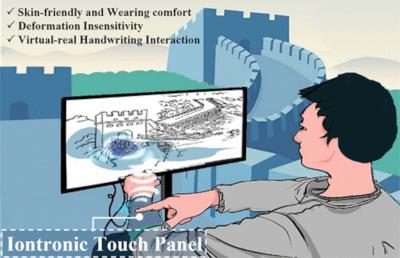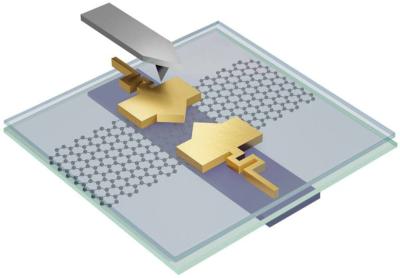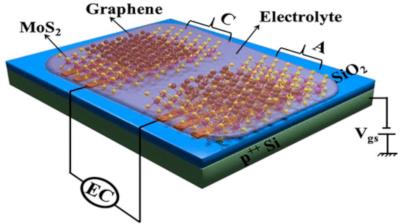Researchers develop "e-skin" from graphene and seaweed microcapsules
Researchers at Queen Mary University, University of Sussex and University of Brighton have integrated graphene into seaweed to create nanocomposite microcapsules for highly tunable and sustainable epidermal electronics. When assembled into networks, the tiny capsules can record muscular, breathing, pulse, and blood pressure measurements in real-time with ultrahigh precision.
The team explained that much of the current research on nanocomposite-based sensors is related to non-sustainable materials. This means that these devices contribute to plastic waste when they are no longer in use. The new study shows that it is possible to combine molecular gastronomy concepts with biodegradable materials to create such devices that are not only environmentally friendly, but also have the potential to outperform the non-sustainable ones.







